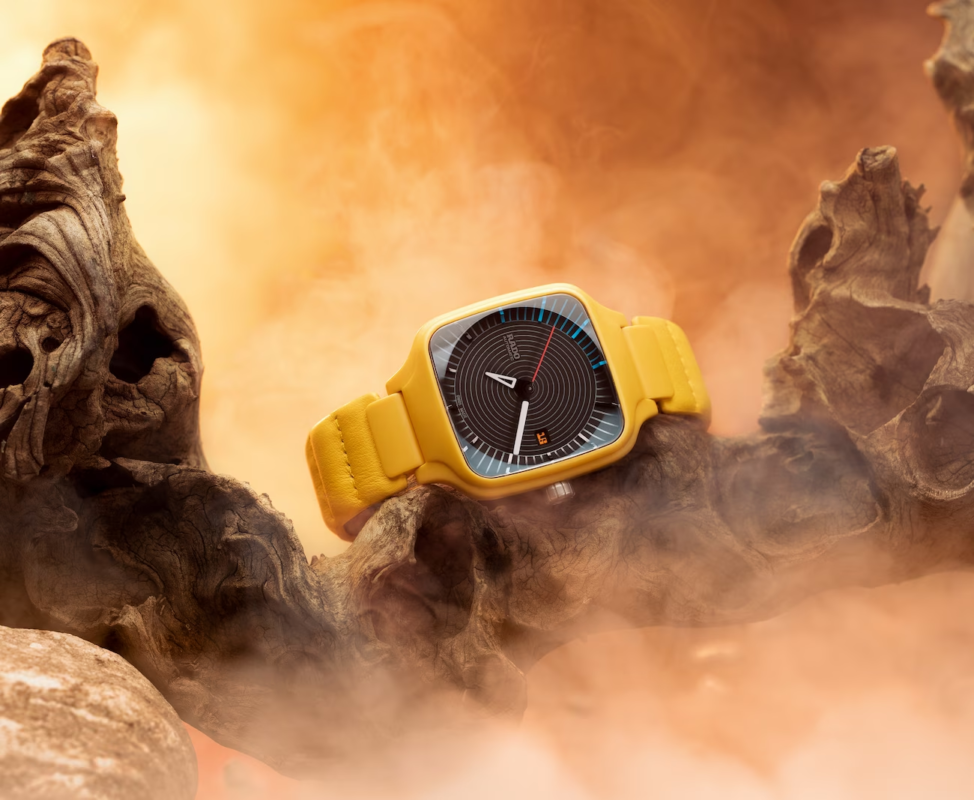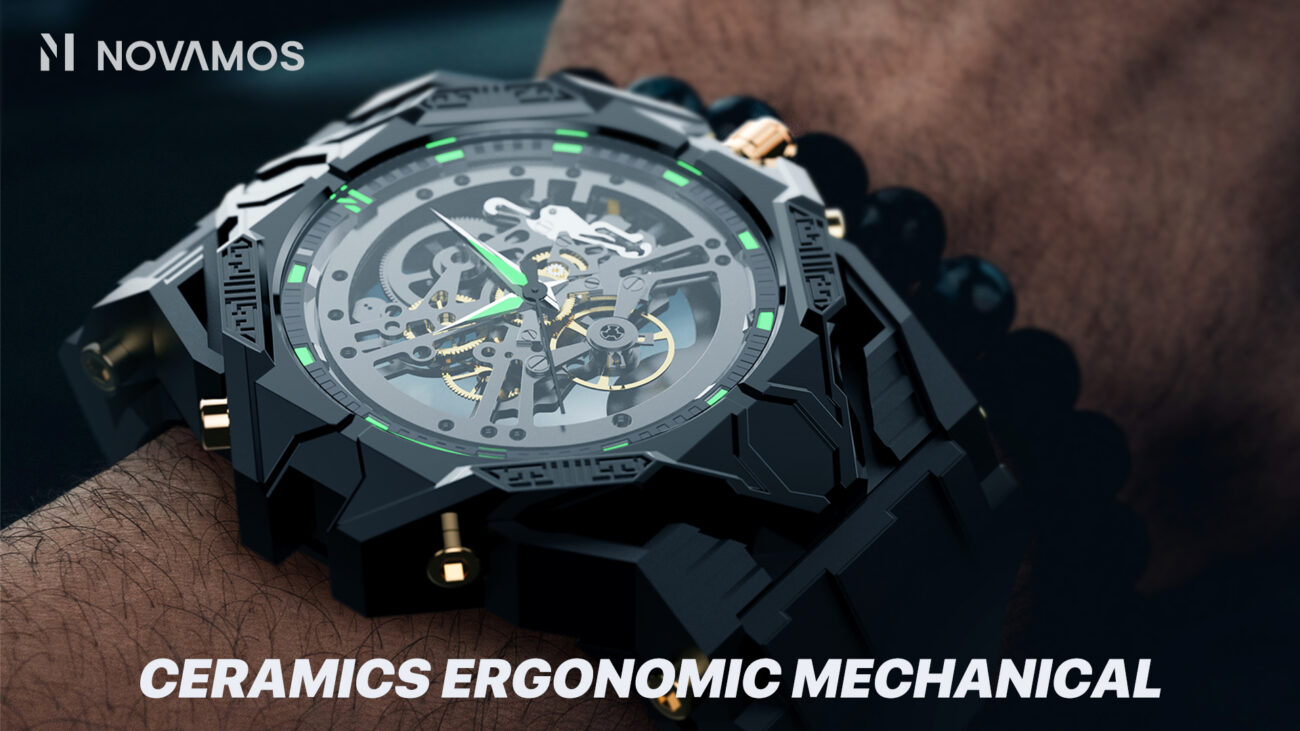Watches have become an indispensable accessory in modern life. However, when selecting a watch, most consumers face a bewildering array of technical specifications and unfamiliar terms, often leading to a purchase based more on appearance rather than suitability. This guide focuses on the currently fashionable ceramic case watches, offering insights into aspects to consider for finding a watch that truly matches your style.
The first aspect to consider for a ceramic case watch, which has the most direct impact on consumer perception, is its design elements. Thanks to the unique properties of ceramic material, ceramic watches often feature bolder color designs compared to other materials, with a softer and more appealing luster in their colors.

In terms of design style, the malleability of ceramics gives artists from various brands more choices. Beyond classic and traditional watch designs, there are styles like modernism, minimalism, and futurism. With the rising cultural influence of China, many renowned brands are incorporating Chinese elements into their watch designs, offering more choices to consumers.
Having discussed the design elements of ceramic watches, the next focus is the heart of a watch – the movement. For many enthusiasts, the components beneath these cases, with their myriad of names, can be puzzling. However, as the soul of the watch, understanding the types of movements is crucial not just to avoid misleading sales tactics but also for better maintenance in the future. Modern movements are broadly classified into three categories: mechanical movements, quartz movements, and Spring Drive movements.
Mechanical Movements Mechanical movements rely on the force released from a mainspring. This energy is transmitted through a series of gears and a regulating mechanism consisting of an escapement and a balance wheel. Another key component is the rate-regulating assembly, which works in tandem with the escapement and balance wheel to divide and regulate the energy among the gears, ensuring stable rotation and accurate timekeeping. Despite being a complex and ancient technology, mechanical movements still hold a significant market share today. Their gear-driven beauty makes them a favorite among many enthusiasts, being considered as much an art form as a functional device.
Quartz Movements Quartz movements, also known as analog quartz movements, consist of a battery, quartz oscillator, integrated circuit (IC) board, stepper motor, and gear train. In operation, the battery supplies energy to the quartz crystal, which generates a stable signal transmitted to the IC board. This signal is then converted by the IC board into a 1Hz frequency, which is received by the stepper motor to drive the gear train and complete the movement.
The most significant feature of quartz movements is their ability to maintain extremely high precision, with errors limited to a minute per day or even as low as one to two seconds. This high level of accuracy has secured quartz movements a significant place in today’s watch market.
Spring Drive Movements The Spring Drive (SD) movement, a new type of movement born in the 1980s, combines the advantages of mechanical and quartz movements. Its operation involves a mainspring driving the gear train, which in turn connects to a magnetic rotor coil generating electrical energy. This energy is passed to the quartz oscillator and IC board, producing precise signals. These signals control the speed of the escapement through the IC board and electromagnetic brake, allowing the gear train to maintain stable operation with accuracy approaching that of quartz movements. The mainspring in SD movements can be replenished through natural wrist movement or manual winding, eliminating the need for battery replacements typical of quartz movements.
Finally, there’s the matter of reputation concerning ceramic watch brands.
Currently, the leading brands in the ceramic watch industry are predominantly from Europe and America, with names like Rolex, Lange, Patek Philippe, Omega, and Breguet, all originating from Switzerland. For those interested in luxury watch collecting, these Swiss and other Western brands are indeed the preferred choice at the moment. However, as domestic manufacturing techniques and design levels in China improve, many brands, although not yet widely recognized in the market, have enormous potential for growth. This makes them worth watching and anticipating by all consumers.
Finally, there’s the issue of reputation concerning ceramic watch brands.
Currently, the top brands in the ceramic watch industry are mainly European and American, including Swiss names like Rolex, Lange, Patek Philippe, Omega, and Breguet. For luxury watch collecting, Swiss and other Western brands are indeed the preferred choice for now. However, with the improvement of domestic manufacturing techniques and design levels, many brands, while not yet well-known in the market, have significant potential for growth. Recently, Novamos has also launched a new line of ceramic watches, including both smart and mechanical styles. This is something that all consumers should watch out for and look forward to.



